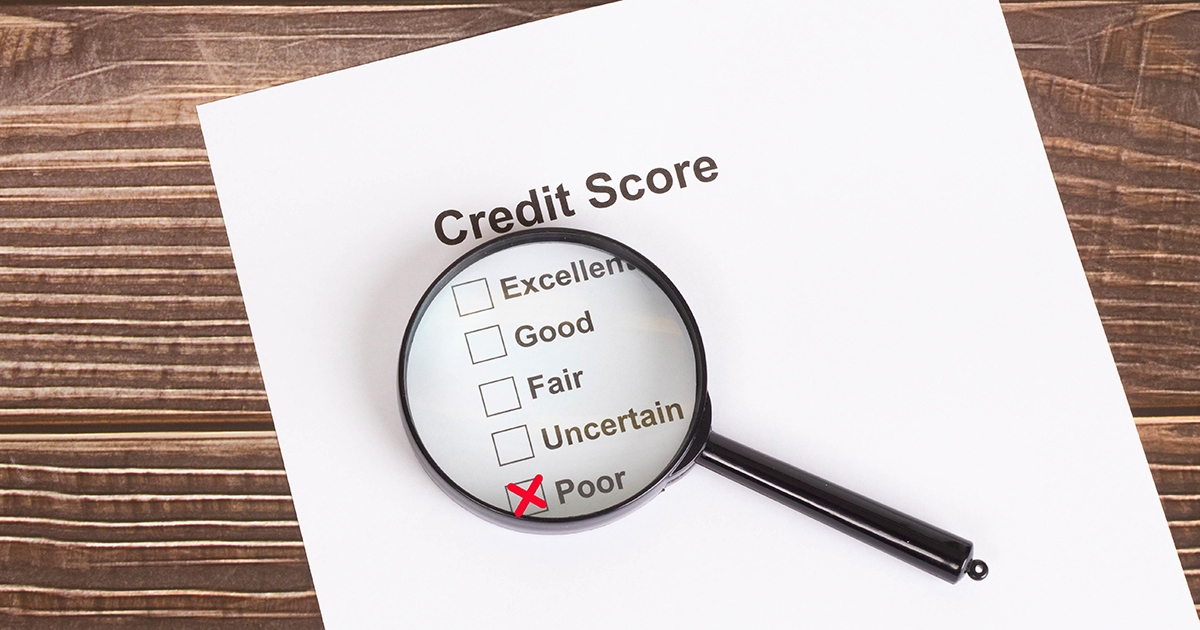What are the various credit score ranges?
Keep in mind that there are several credit scoring models, and you most likely have multiple credit scores when you obtain your credit score. Depending on the site or bureau, your credit score may differ.
FICO and VantageScore are two popular scoring algorithms. However, these scores can be broken down even more. Debt.com reports that there are at least 16 alternative FICO credit scores, several of which are industry-specific.
Try not to focus too much on the particular credit score number. Instead, concentrate on the credit range in which your score sits since this will tell you where your credit stands and whether it is low, fair, good, very good, or extraordinary.
A good FICO score ranges from 670 to 739, whereas a good VantageScore is from 720 to 780. If a FICO credit score goes below 670, it is deemed fair or terrible. A VantageScore between 658 to 719 is regarded as fair, while scores of 600 or lower are deemed poor or extremely poor.
To compare the two, consider the following:
Ranges of credit scores
FICO
- Poor: 580
- Fair: 580-669
- Good: 670-739
- Very Good: 740-799
- Exceptional: 800+
Vantage Score
- Very Poor: 300-600
- Poor: 601-657
- Fair: 658-719
- Good: 720-780
- Excellent: 781-850
In general, having a good or superior credit score increases your chances of qualifying for credit products with favorable interest rates and terms. Lower credit scores make it more difficult to qualify for loans and credit cards, and you will almost certainly pay higher interest rates.
As a result, you may end yourself paying thousands more in debt over the course of your life. If your credit is poor, consider making efforts to improve it before applying for new credit.
